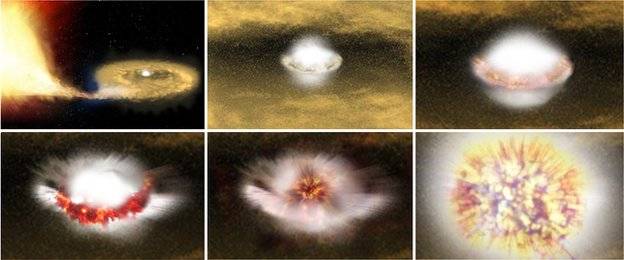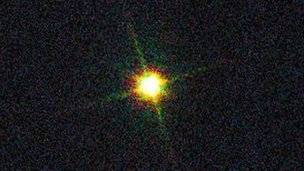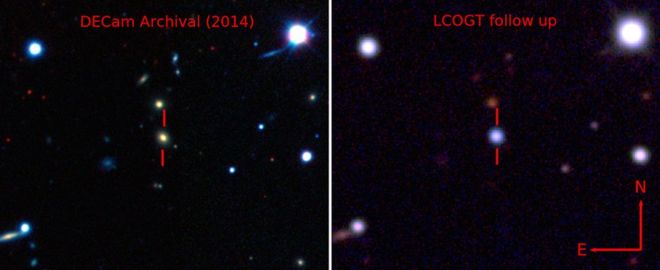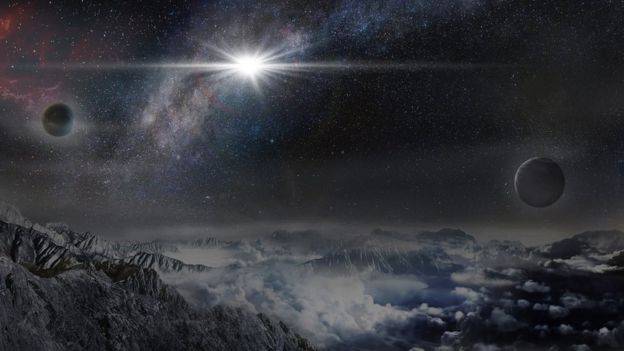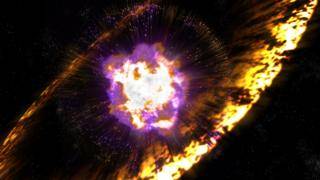Delta4Embassy
Gold Member
Well, 'new' in astronomical terms as it's 12 million ly away so happened 12 million years ago. 
SpaceWeather.com -- News and information about meteor showers, solar flares, auroras, and near-Earth asteroids
"SUPERNOVA! Approximately 12 million years ago, a white dwarf star in the galaxy M82 exploded. This week, light from the distant supernova finally reached Earth. Amateur astronomers can see it through backyard telescopes as a fireball of magnitude +11.2 in one of the galaxy's dusty spiral arms. Leonard Ellul-Mercer photographed it from his observatory in Malta on Jan. 22nd:
Although it is 12 million light years away, M82 is considered to be a next-door neighbor of the Milky Way. Indeed, this is the nearest supernova to Earth since SN 1993J exploded 21 years ago. The relative proximity of the blast makes it an attractive target for astronomers to study. Light curves from previous supernovas of this type suggest that the fireball could continue to brighten for the next two weeks.
If you have a GOTO telescope, this evening command it to slew to the "cigar galaxy" or "M82," and watch the explosion unfold."
SpaceWeather.com -- News and information about meteor showers, solar flares, auroras, and near-Earth asteroids
"SUPERNOVA! Approximately 12 million years ago, a white dwarf star in the galaxy M82 exploded. This week, light from the distant supernova finally reached Earth. Amateur astronomers can see it through backyard telescopes as a fireball of magnitude +11.2 in one of the galaxy's dusty spiral arms. Leonard Ellul-Mercer photographed it from his observatory in Malta on Jan. 22nd:
Although it is 12 million light years away, M82 is considered to be a next-door neighbor of the Milky Way. Indeed, this is the nearest supernova to Earth since SN 1993J exploded 21 years ago. The relative proximity of the blast makes it an attractive target for astronomers to study. Light curves from previous supernovas of this type suggest that the fireball could continue to brighten for the next two weeks.
If you have a GOTO telescope, this evening command it to slew to the "cigar galaxy" or "M82," and watch the explosion unfold."



